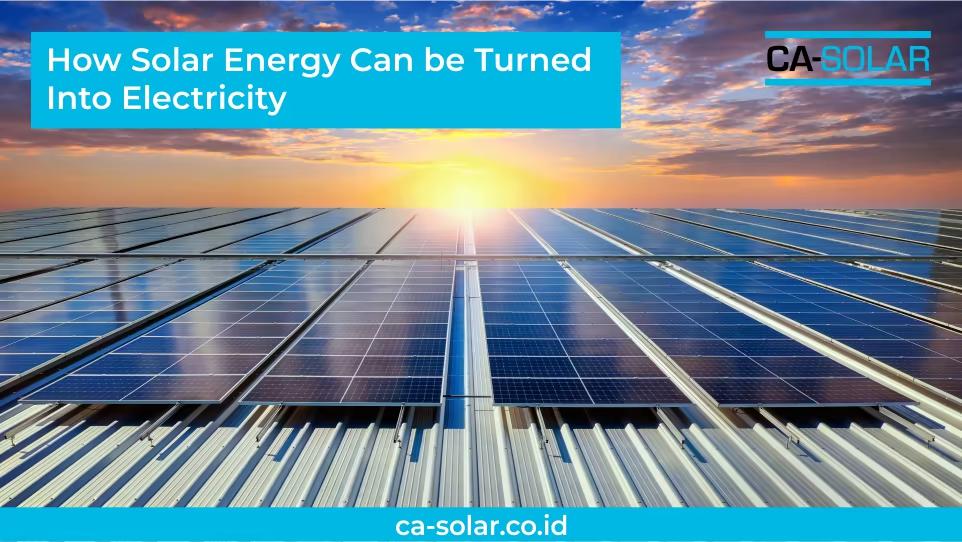How to Solar Energy Can Be Turning into Electricity

Solar panels have made us harness the sun's energy. Understanding how it works is critical to fully understanding the potential of solar energy as a renewable and sustainable source of energy. At its core, solar panels consist of photovoltaic cells that convert sunlight into electricity. These cells are made of a semiconductor material, usually silicon, which has the unique property of allowing it to generate an electric current when exposed to sunlight. Photovoltaic (PV) cells generate electricity from sunlight, whereas thin film solar cells are made by depositing one or more layers of PV material onto a support such as glass, plastic or metal. There are three main types of solar panels currently in use: mono crystalline, polycrystalline (also known as multi-crystalline), and thin film. Mono crystalline solar panels are highly efficient and optimized for commercial use, whereas polycrystalline solar panels are less efficient but more affordable. Thin film solar panels are the least efficient but also the most affordable option.
How Solar Energy Can Be Turned Into Electricity
The process begins with a photovoltaic flow chart and energy concentration. When sunlight hits the solar panel, it is absorbed by the semiconductor material. This absorption excites electrons in the material, causing electrons to be released from their atoms and creating an electric current. The electricity generated is then passed through the cables inside the solar panel and can be used immediately or stored in a battery for later use. This clean energy can power multiple devices, a home, or even an entire community. Thin film solar panels are the least efficient but also the most
Photovoltaic Workflow
Photovoltaic is a cell that is capable of converting light energy into electricity. Cell performance will use the photoelectric effect to generate electric current. Regarding how it works itself is very simple, namely using the voltage difference resulting from the photoelectric effect for electricity production. Photovoltaic cells will form an electric field, then form opposite charges when separated. When the sun's photons knock electrons out of the silicon junction. Only then will the electrons flow into the various sources of electricity that you have. Solar panels work by allowing photons, or particles of light, to strip electrons from atoms, creating a flow of electricity. This process is known as the Photovoltaic Effect and occurs when sunlight hits panels made of silicon. The resulting electric current is then converted into usable direct current energy. Solar panels convert energy from the sun into electricity and heat. This is done through photovoltaic (PV) cells, which use the photovoltaic effect to convert incoming photons of sunlight into usable electricity. The process involves four steps: sunlight activates the panels, cells generate an electric current, electrical energy is converted, and finally the converted energy is used. Solar panels generate electricity when photons, or light particles, strip electrons from atoms, creating a flow of electricity. This electric current is then sent through cables to an inverter, where it is converted into usable energy. Solar panels typically have a conversion efficiency of 15-22%, with some outliers as high as 23%. This means that they can convert up to 23% of the solar energy that shines on them into usable energy.